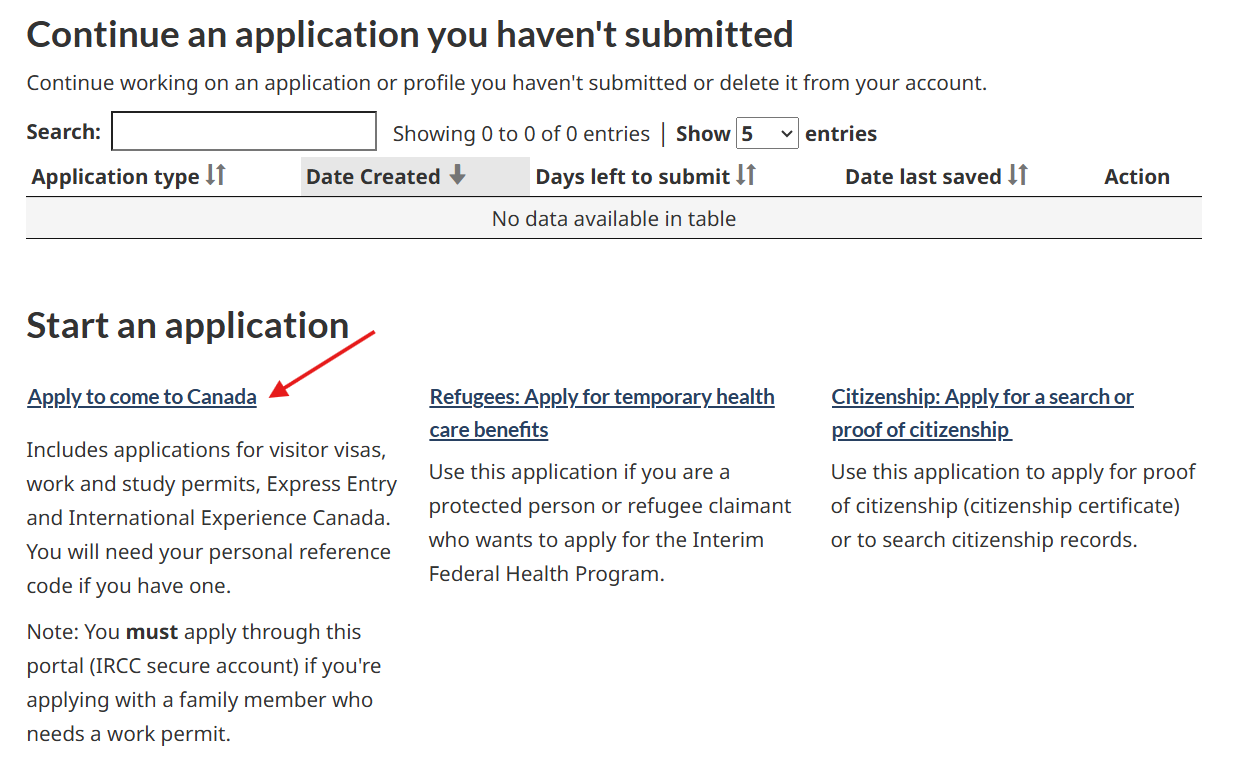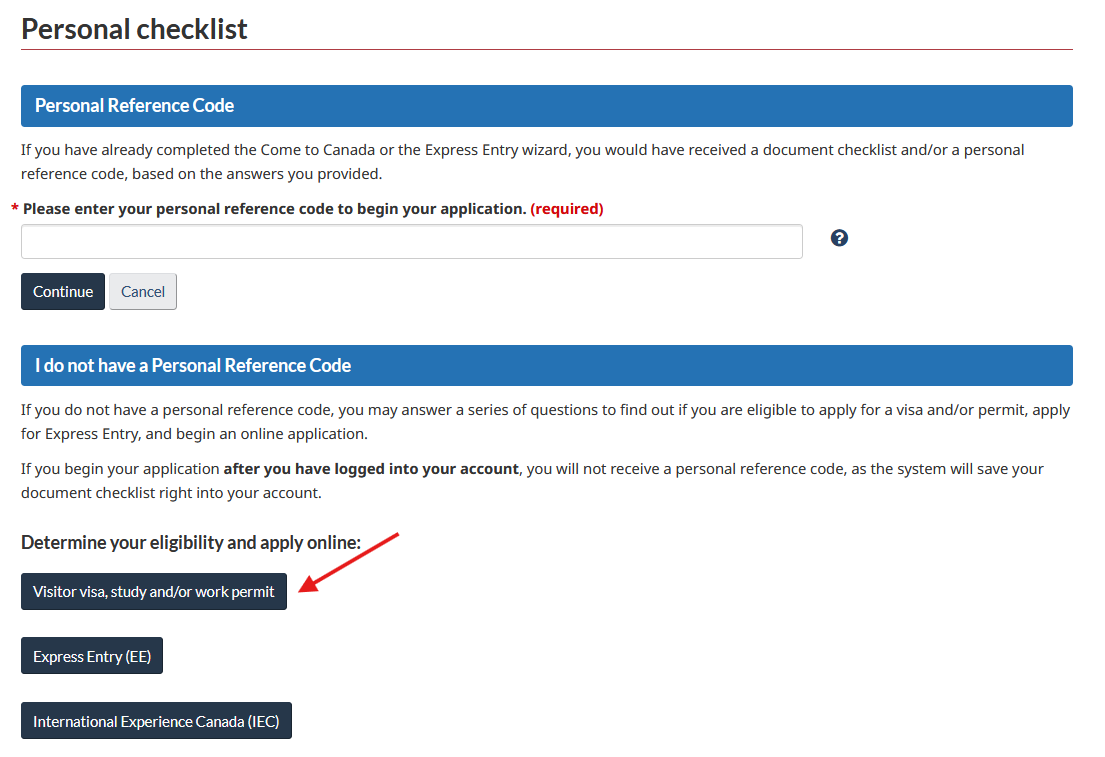Mobilité Francophone
Application guide
How do I apply for the Mobilité Francophone work permit?
Step 1: The employer takes the first steps.
The employer must:
- create a profile in the Employer Portal
- create the offer of employment
- provide the following information in the offer of employment:
- about the business
- your name
- the job details
- wage and benefits
- pay the employer compliance fee of $230
- The Employer Portal asks for an LMIA exemption code. The employer must select the following: “Francophone mobility R205(a) (exemption code C16)”
- When asked “Explanation of how the job meets the requirements…” they have to explain how you meet the requirement for this work permit. Something like that the candidate speaks French/is a native speaker, settles outside of Quebec, and has been offered a job.
- The best chances for approval are if the job also requires you to speak French.
- After submission of the job offer, and payment of the fees, the employer will get an offer of employment number
- A 7-digit number that appears in the “Employment queue” of the Employer Portal
- With this number you can apply for the work permit.
Step 2: You apply for the work permit
- To apply online Instructions here
- You can use the same GCKey Account if you previously applied for a Canadian work permit or study permit.
- If you don’t have a GCKey account, you can create one here under ‘register’.
Once you sign in to your account, follow the steps below:
- Go to the Start your application section on the account welcome page.
- Click “Apply to come to Canada.”

- On the next page, scroll down to the I do not have a personal reference code section.
- Click the “Visitor visa, study and/or work permit” button.
- On the next page, select “Work.”

If you are applying from inside Canada, make sure you answer these questions correctly in the application questionnaire:
- How long are you planning to stay in Canada? choose ‘temporarily – more than 6 months‘
- Do you have a written job offer?, answer “Yes.”
After completing the first part of the questionnaire, the result should be “Work Permit (in Canada)”

This will lead you to the second part of your questionnaire.
Which option best describes your work situation?, choose “I’m applying for an employer-specific work permit with LMIA-exemption.”

After completing the rest of the questions, the document checklist will be created.

- You must upload all “required” documents in the document checklist.
- You must also submit documents that prove you can speak and listen at an NCLC level 5 or higher. This can be
- speaking and listening Test d’évaluation de français (TEF) or Test de connaissance du français (TCF) results
- a written confirmation from a college or university for a program in French
- other documents that show education in French
- Upload your proof of French language ability in the Client Information spot
- There’s only one Client Information spot. If you have more than 1 document, you need to combine them into 1 file and upload them together. You can do so with this PDF Merger for example.
- Lastly, at the end and before you submit the application, you pay the $155 fee in the last step.
- You do not need police certificates for this type of application.
I am already working for an employer and don't know how to fill certain information
Start date of the employment
You can enter the expiry date of the current work permit, so you don’t have any gap in the employment.
Offer of Employment
Even if you’re already employed by the same employer, you must upload an updated job offer letter or contract.
This document should outline the details of your job, including:
- your pay and any deductions
- your job duties
- conditions of employment (such as hours of work)
- your start and end dates
- the job’s NOC code
- the work location
Invitation Letter
Upload the same documents that you uploaded in the “offer of employment”.
Proof that you Meet the Requirements of the Job Being Offered
Some jobs in Canada (e.g., healthcare, trades, engineering, teaching) require Canadian certification or licensing. Provide copies of professional licenses or proof you are eligible to obtain them.
Upload a college or university degree if you have one, or any other documentation that demonstrates you were trained or qualified for that job, such as a diploma, certificate, transcript, or relevant professional training record.
You may also include letters of recommendation from previous employers or a personal explanation letter outlining your past work experience and how your background relates to the job in Canada.
If you took courses in the past, or have certificates of training, workshops, or courses relevant to the job, upload those.
Can I use other proof of French?
Yes, you can use proof of French from other sources. For example:
- a written confirmation from a college or university in a program completed in French (such as an official letter of completion or transcript)
- other documents that show education in French
However, if the processing officer is not satisfied about the language skills, they may request
- a TEF or TCF test or
- an oral assessment (call you to shortly speak to you on the phone in French)